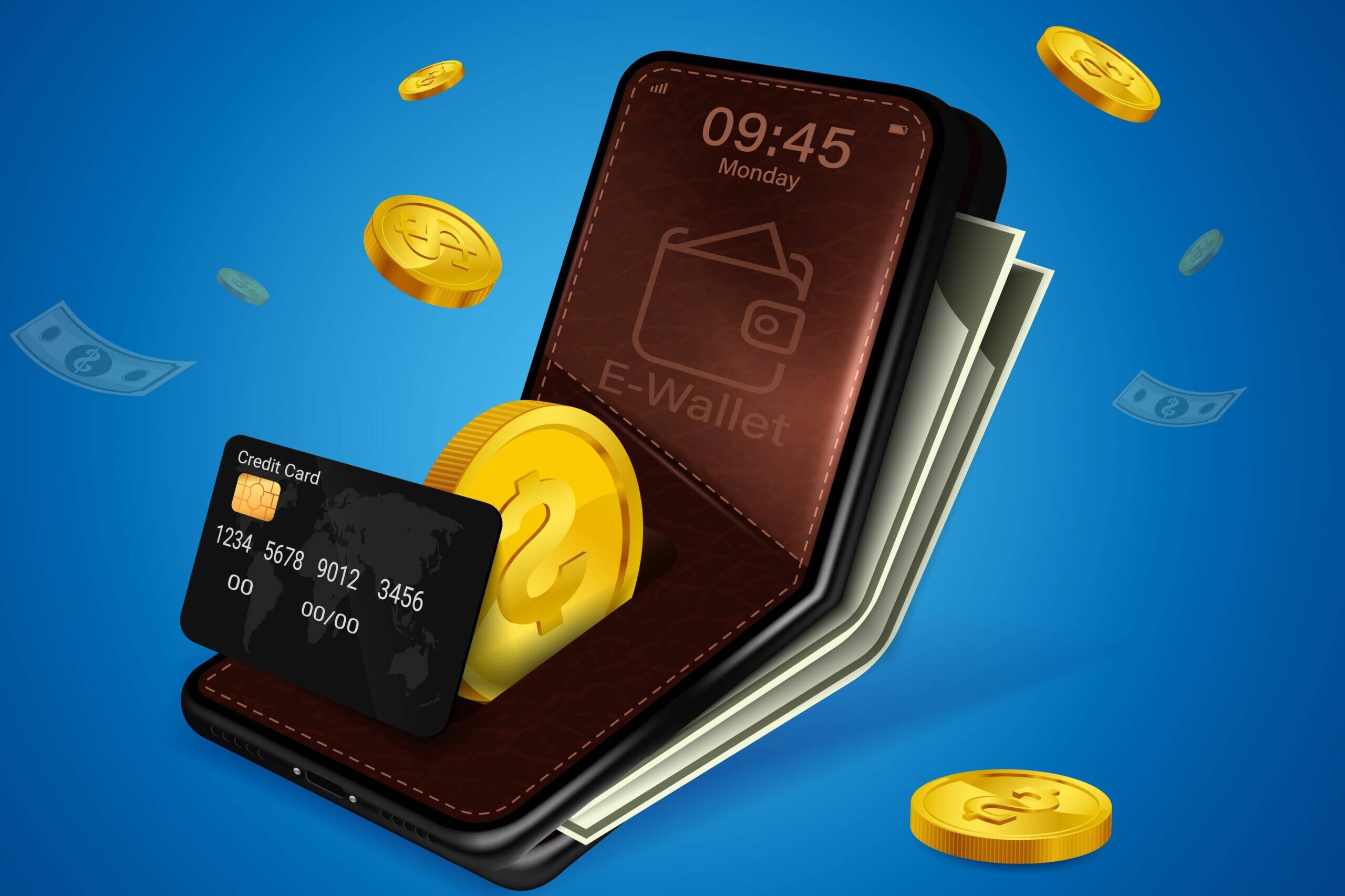April 3, 2024
Understanding Airdrops in the Cryptocurrency World
Airdrops have become a popular marketing strategy in the cryptocurrency space, designed to promote new cryptocurrencies or enhance the adoption and usage of specific blockchain projects. They are essentially a way of distributing free tokens or coins to various wallet addresses, often without the recipients actively seeking them out.
Purpose and Types of Airdrops
Airdrops serve several purposes:
- Promoting New Cryptocurrencies: Developers use airdrops to generate buzz and interest around a new cryptocurrency. By distributing free tokens, they hope to attract attention from potential investors and users.
- Rewarding Existing Holders: Airdrops can reward loyal holders of a specific cryptocurrency. This can foster a sense of community and loyalty among users, as they feel appreciated for their continued support.
- Attracting New Users: Airdrops can be an effective way to bring new users into a project. By offering free tokens, developers incentivize individuals to explore and engage with their platform.
Airdrops can be conducted by the cryptocurrency developers themselves or by third-party organizations. They may target specific groups, such as holders of a particular token, or be open to the general public.
How to Receive an Airdrop
To qualify for an airdrop, individuals usually need to meet specific criteria set by the airdrop organizers. This might involve:
- Holding certain tokens or coins in their wallet.
- Registering for the airdrop on a particular website.
- Completing certain tasks, such as following social media accounts or joining community groups.
Caution: Avoiding Scams
While airdrops can be beneficial, they also present risks. Scammers sometimes use airdrops to promote fraudulent projects. It is crucial to thoroughly research any airdrop opportunity before participating. Verify the legitimacy of the project and ensure it is backed by reputable developers and a solid community.
Notable Examples of Airdrops
Several well-established projects have successfully conducted airdrops, benefiting both users and the projects themselves. Examples include:
- Uniswap: The decentralized exchange conducted a significant airdrop, distributing UNI tokens to its early users, which played a key role in its widespread adoption.
- 1inch: Another decentralized exchange, 1inch, rewarded its users with 1INCH tokens, enhancing user engagement and loyalty.
- Crypto.com Loaded Lions: This project also utilized airdrops to distribute tokens to its community, driving interest and participation.

Conclusion
An airdrop is the distribution of cryptocurrency tokens or coins, usually unsolicited and for free, to multiple wallet addresses. They serve as an effective marketing strategy, rewarding existing users and attracting new ones, while also posing potential risks that require careful research and caution.













